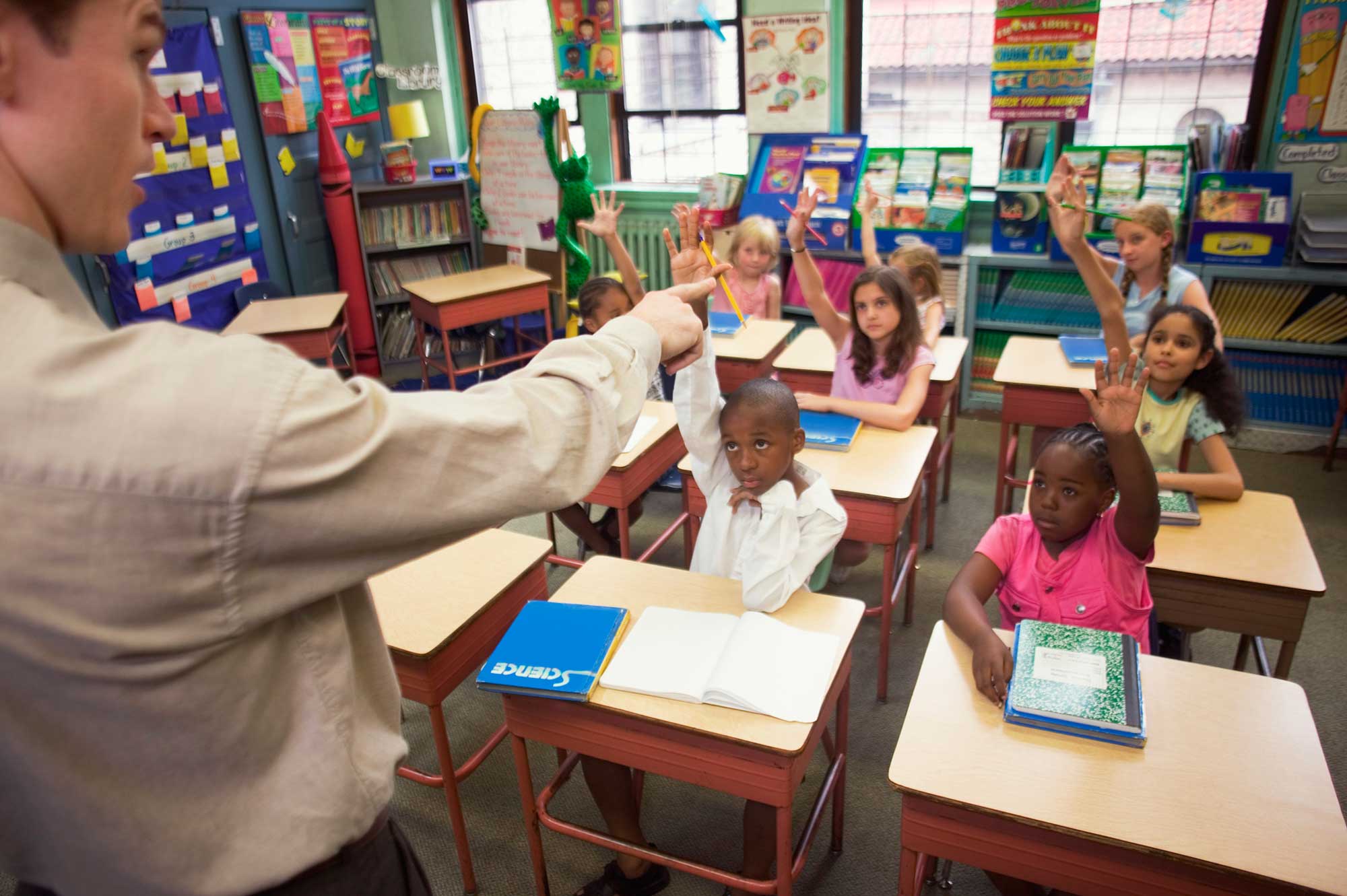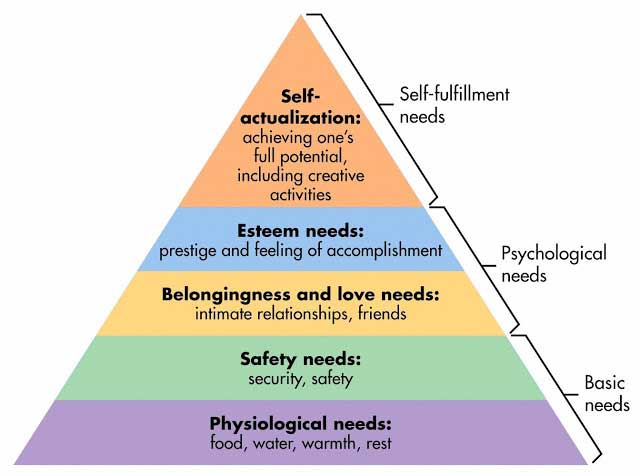No Child Left Unloved: 5 Shifts We Need to Serve At-Risk Youth

Editor's note: This is part of a series entitled "Innovative Approaches to Support At-Risk Youth."
Innovative educators work hard to find the best ways possible for students to learn by tapping into their talents, passions, interests, and abilities. However, before the learning can happen, there is one crucial element that is necessary, but often overlooked for learning to occur. One that is especially important when serving at-risk youth.
If there is not love, there is not learning
This is not addressed in schools of education. This is not addressed by those critiquing schools or teachers. In fact, it is ignored. As a result, an educator who might be a master in his or her craft will fail in reaching these students if they are not loved.
Students raised by “guardians”
If, like many teachers and politicians you were loved by a parent who cared for you, it is possible this has never crossed your mind. However, those of us who teach at-risk youth know many of our students have not had such luck. In fact one of the first things you learn as a teacher in such places is to STOP using the word PARENT. That’s because a large number of our children have parents who were not prepared to raise them. Instead they have “guardians.” It is almost without giving it much thought that we transition to speaking and writing not about parents, but about our student’s parent or guardian.
Teachers in inner city schools will also notice a lot of students of ALL ages, intentionally or accidentally refer to them as mom. They are looking for love and care.
If we unpack the term, we can start to think about what are we saying to these kids without parents. The ones who aren’t lucky enough to have parents, but have guardians instead. It is a constant reminder that someone doesn’t love and parent, them, but rather guards them. The same language used by those who ensure there is order in a prison. As a result, we have children being guarded and protected but not parented and loved.
Unfortunately, teachers are trained to teach all kids the same way whether or not they have parents.
Tools and ideas to transform education. Sign up below.
No child left unloved
If we care about ensuring today’s youth grow up to be productive citizens, we need to rethink the role of teachers and schools. Chris Lehmann explains if we want children to learn, then we need to build caring institutions. To do this, we must stop thinking of our jobs as teaching subjects and start realizing we are teaching kids. The relationship between teacher and student is more important than the relationship between teacher and subject.
Maslow’s Hierarchy
To understand this from a scientific approach, let’s review Maslow’s Hierarchy of Needs.

Schools are often positioned to help provide for a child’s basic needs and self-fulfillment, but the psychological needs are often completely overlooked.
No child left behind
Rather than address the psychological needs of children, we’ve put into effect programs that ignore this. Instead, they think leaving no child behind means ensuring they all score well on standardized tests. Long after this failed experiment was launched by George W and supported by the electeds that have followed him, we see this doesn’t work.
Interestingly, President Barack Obama, realized the importance of this and even lauded the model that best embraces relationships: Big Picture Learning. Here’s what they believe:
Relationships under gird all learning at The Met. Keeping adults and other students at bay is not an option. Met students must build close relationships with an advisor, community mentors, and other Met faculty, if they are to fulfill their personal learning plans.
The Met, as it likes to say, enrolls families, not just students. For students, this conviction poses a formidable adolescent challenge: accepting parents and guardians as valued partners in their learning.
His words were ones that evoked promise and excitement for a shift and enlightened experience for students. Sadly, despite his words, Obama embraced the common curriculum and standardized tests that valued none of this and obliterated models such as Big Picture.
If we really want to help students to learn, we must address this forgotten piece of Maslow’s Hierarchy with these five shifts.
5 shifts we need
When we move love to center of learning, these are natural shifts that should result.
1) Parents, not guardians: We must consider how we can ensure a child is surrounded by family, not guardians. Do they have a permanent home? Permanent parents? If not, attend to that.
2) Loving before learning: Jeff Bliss taught us that we must touch a student’s freakin heart before we can reach their mind. He was right.
3) Realistic class loads: You can not build a relationship with students if you can’t get to know a student. That means we have to look at the science which says there is NO WAY to know more than 150 students. Do the research. Get to know Dunbar’s number. If you’re administrator who values students you won’t allow unrealistic class loads. If you are a teacher you will do your best to ensure admins know you value children and you will encourage them to set you and your students up for success.
4) Change the role of the teacher: When tech teaches, teachers can do much more work when it comes to building relationships and ensuring students experience deeper learning.
5) Update schools of education and teacher training: The kids are right (see what they wanted the nation to know about education). Teacher training programs need to include training on guidance, counseling, social work, and other support.
Good teachers know that love and relationships are at the center of learning. They know they are set up for failure and they are frustrated. But change is possible. The innovation we need to realize it is nothing new. Instead, it requires that we make these important shifts that put children at the center of learning.
Lisa Nielsen writes for and speaks to audiences across the globe about learning innovatively and is frequently covered by local and national media for her views on “Passion (not data) Driven Learning,” "Thinking Outside the Ban" to harness the power of technology for learning, and using the power of social media to provide a voice to educators and students. Ms. Nielsen has worked for more than a decade in various capacities to support learning in real and innovative ways that will prepare students for success. In addition to her award-winning blog, The Innovative Educator, Ms. Nielsen’s writing is featured in places such as Huffington Post, Tech & Learning, ISTE Connects, ASCD Wholechild, MindShift, Leading & Learning, The Unplugged Mom, and is the author the book Teaching Generation Text.
Disclaimer: The information shared here is strictly that of the author and does not reflect the opinions or endorsement of her employer.
Lisa Nielsen (@InnovativeEdu) has worked as a public-school educator and administrator since 1997. She is a prolific writer best known for her award-winning blog, The Innovative Educator. Nielsen is the author of several books and her writing has been featured in media outlets such as The New York Times, The Wall Street Journal, and Tech & Learning.
Disclaimer: The information shared here is strictly that of the author and does not reflect the opinions or endorsement of her employer.
